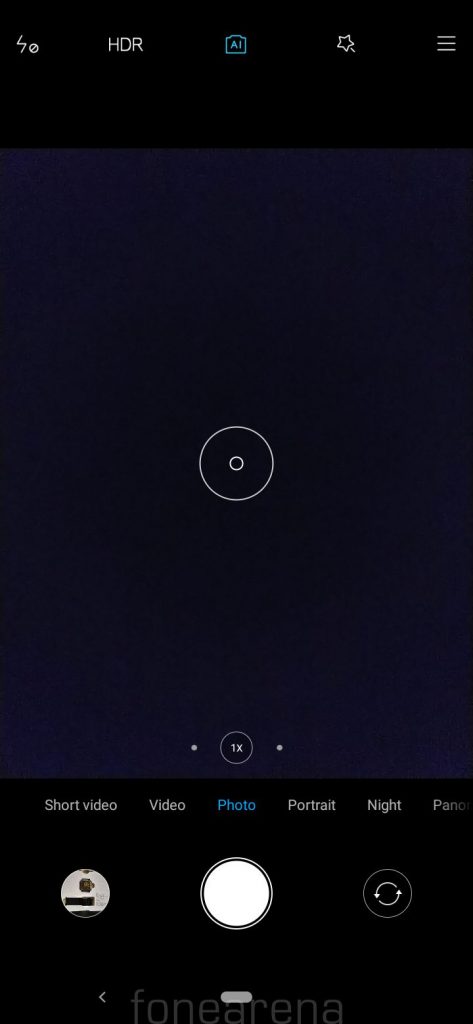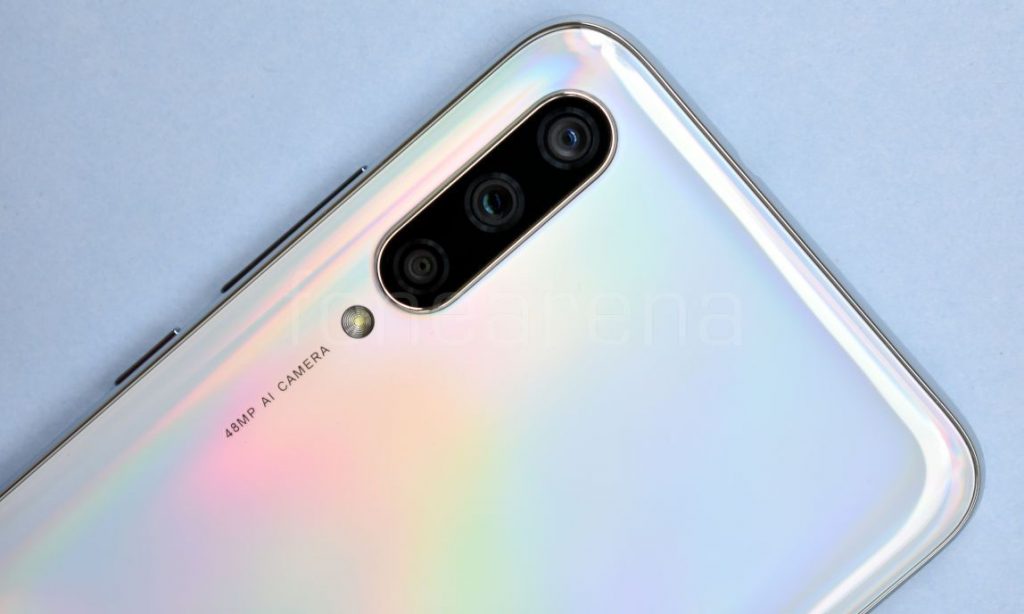
Xiaomi launched the Mi A3, the company’s latest Android One smartphone in India last month starting at Rs. 12,999. We already brought you the unboxing and first impressions, here we have the camera samples from the phone. The phone packs a 48-megapixel primary rear camera with single LED Flash, f/1.75 aperture, 1/2.0″ Sony IMX586 sensor, 0.8μm pixel size, 6P lens has support for PDAF, EIS along with a secondary 8-megapixel 118° ultra-wide sensor with 1.12μm pixel size, f/2.2 aperture and an 2-megapixel depth sensor with 1.75μm pixel size and f/2.4 aperture.
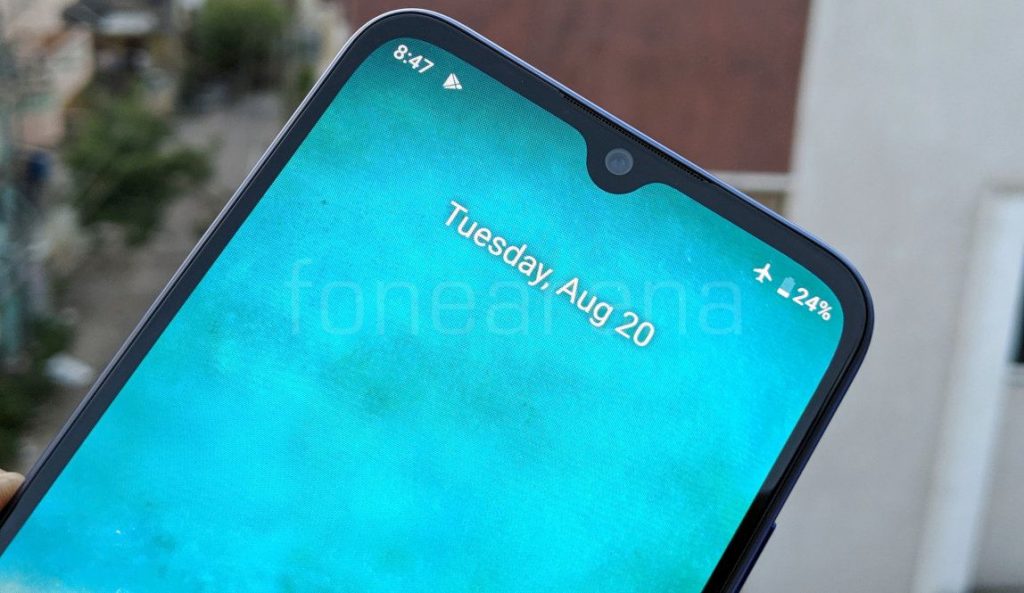
It has a 32-megapixel front-facing camera with 1/2.8″ Samsung S5KGD1 sensor, 0.8μm pixel size, f/2.0 aperture and 79-degree field of view (FOV).
The camera UI is familiar with other Xiaomi smartphones since it has Mi Camera app. It has with flash, HDR, AI, color modes (Normal, Vivid, Film, Amour, Latte, Sun, Cookie, Calm, Soda, Gourmet, Glow, Berries, B&W and Fade) on the top. Pressing the menu option shows settings, camera frame, timer, tilt-shift, straighten, Google lens and 48MP. There is a front camera toggle on the bottom along with option to select modes such as Short Video, Video, Photo, Portrait, Night, Square, Panorama and Pro mode to adjust white balance, shutter speed (1/1000s to 32 seconds). Beautify option for the front camera lets you adjust several features, in addition to smoothness.
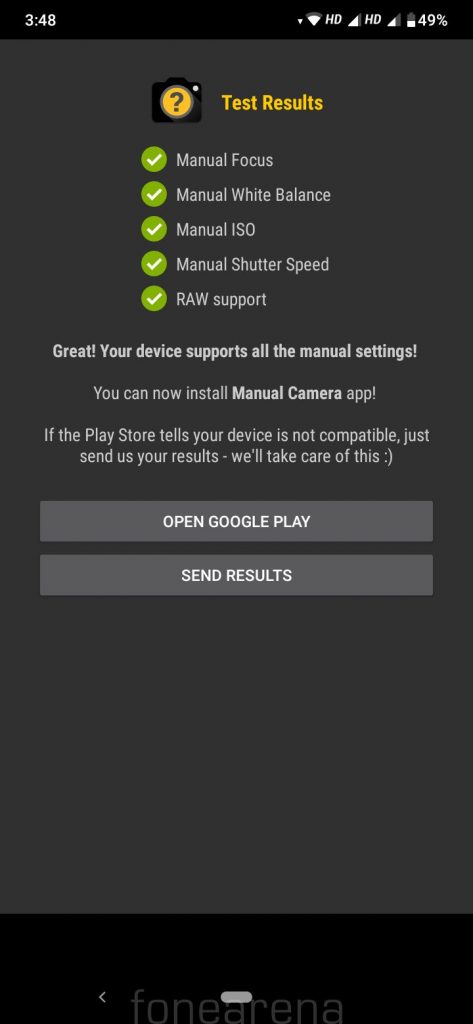
Xiaomi has enabled Cam2API by default first on its ‘A series’ phones out of the box, so users can side load ported Google Camera APKs for advanced editing including RAW capture.
Coming to the image quality, daylight shots came out well with good dynamic range, thanks to the large sensor. HDR shots are better, and macro shots are good as well with good amount of details. 48MP mode that offers a lot of details, but the images are about 14 or 15MB in size. Even though this only has an 8MP 118° ultra-wide sensor compared to 13MP in the K20 series, the wide-angle shots are good. Portrait shots were decent, and the edge detection was good, thanks to the additional sensor. There is also software-based 2x zoom mode, even though there is no telephoto lens.
Low-light shots are good, thanks to 4-in-1 Super Pixel technology that lets the camera’s sensor hardware combine 4 pixels into a single 1.6μm large pixel, and the night mode is even better making the images brighter offering more details, but there is still noise when there is hardly any light. Images with flash are good and the flash is not overpowering.
Coming to the front camera, the large sensor captures more details, offers good dynamic range, thanks to 4-in-1 Super Pixel technology that lets the camera’s sensor hardware combine 4 pixels into a single large pixel, which is good especially in low lighting conditions. Portrait for front camera uses software-based blur, and the edge detection is decent. All the images are captured in 32MP resolution, and there is no option to change it. AI beautify enhances the image. It doesn’t have a selfie flash, and comes with screen flash.
Check out the camera samples (Click the image to view the full resolution sample.).
-
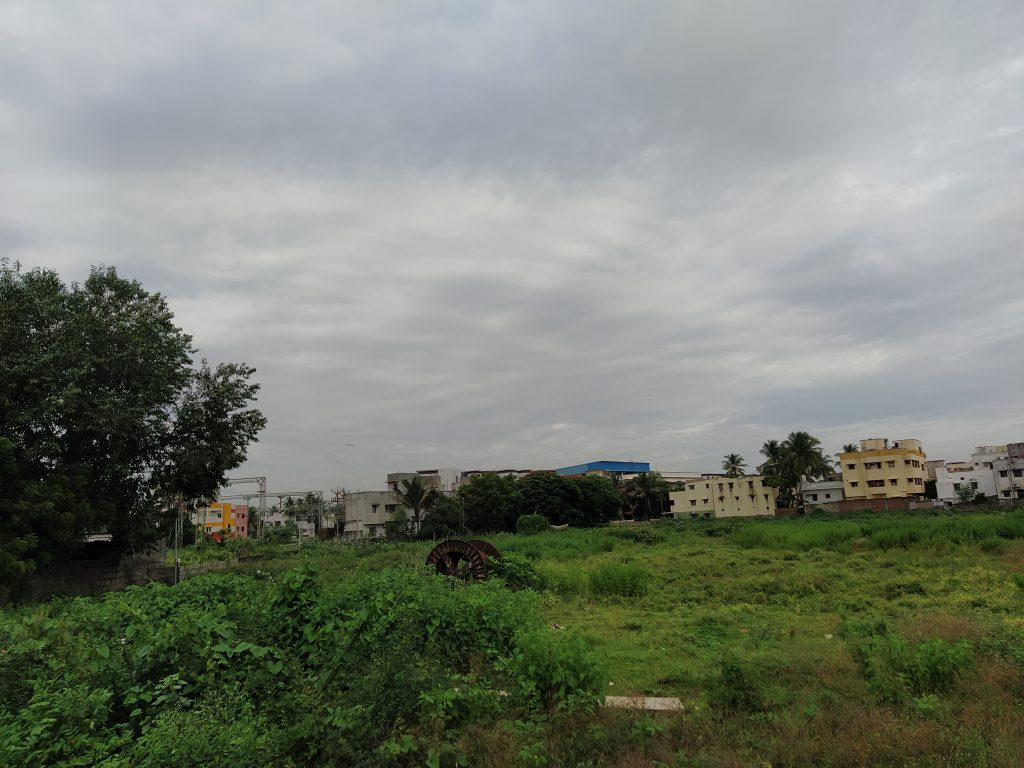
Normal -
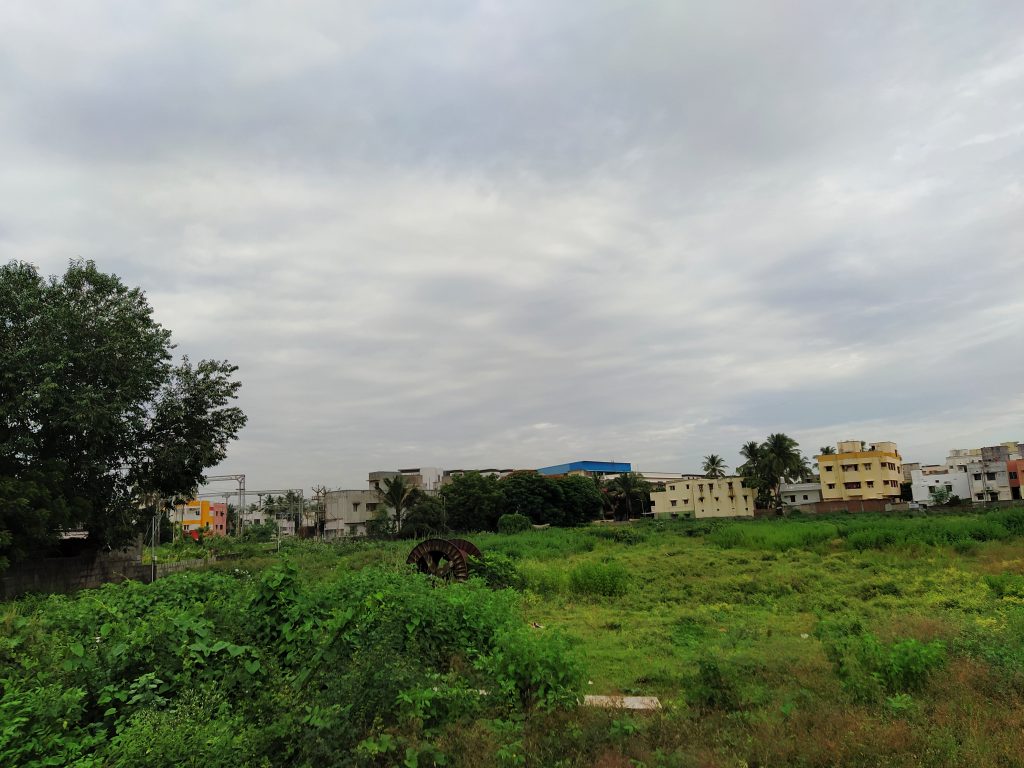
AI -
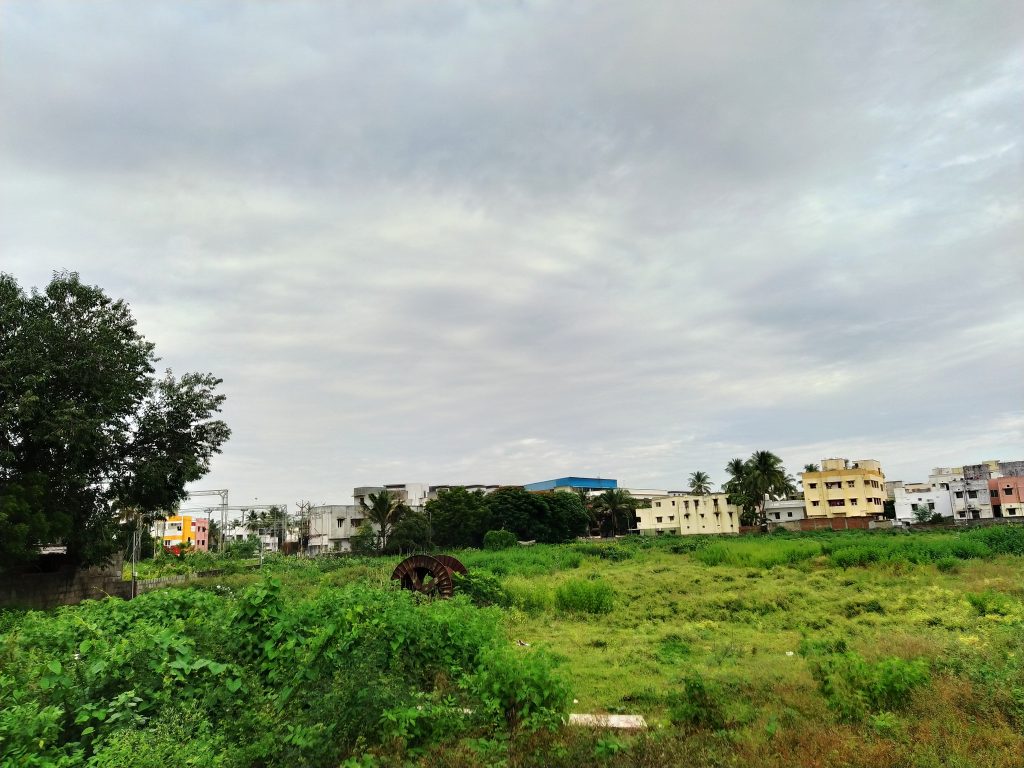
AI + HDR -
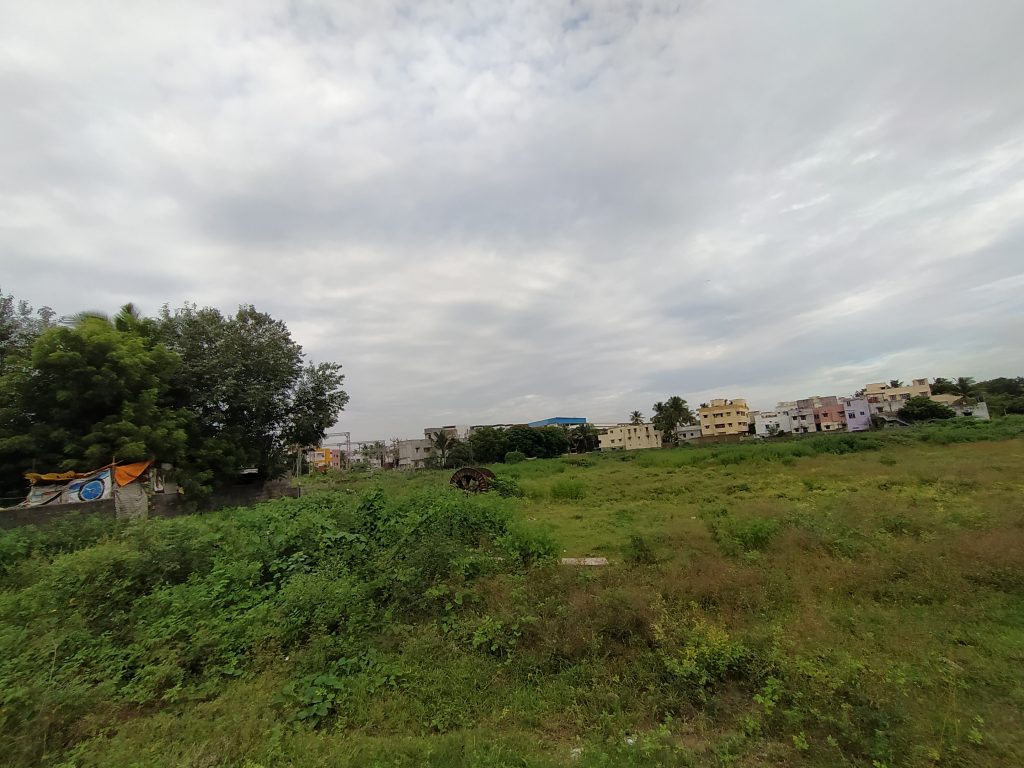
Ultra Wide Normal -
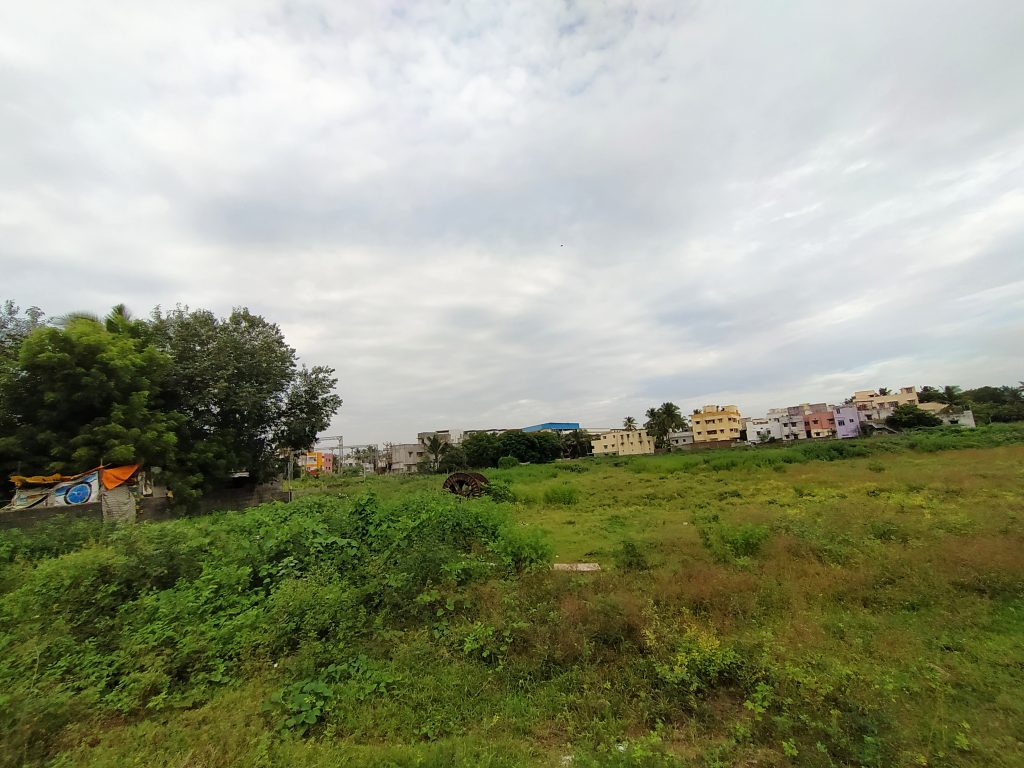
Ultra Wide AI -
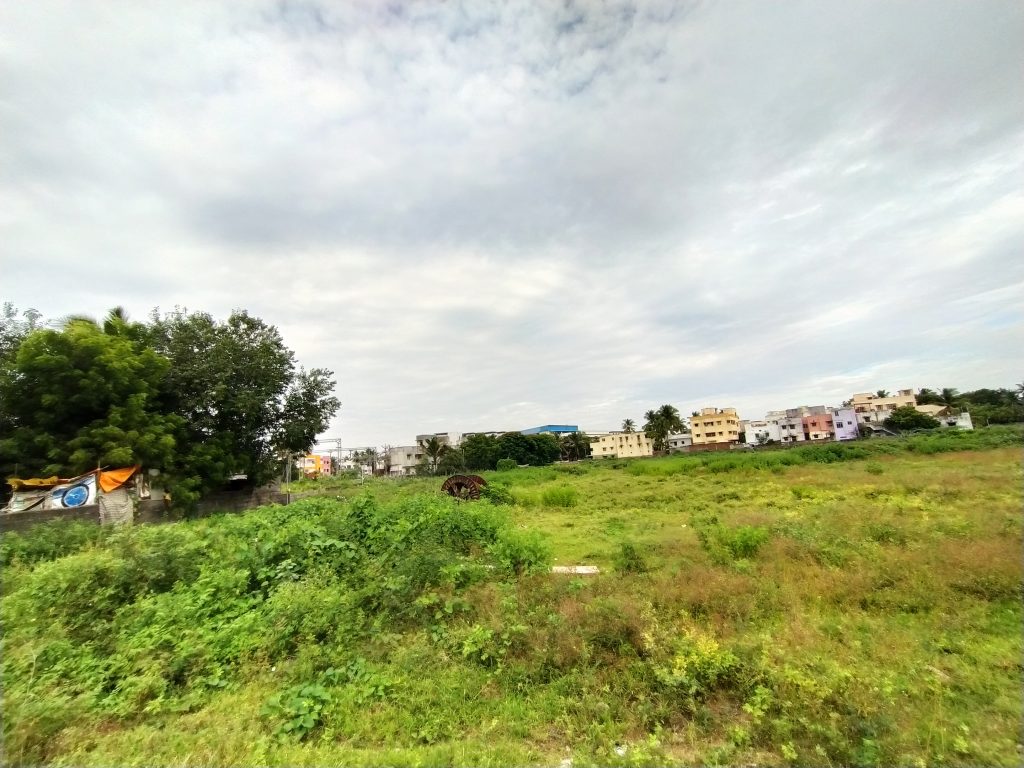
Ultra Wide AI + HDR -
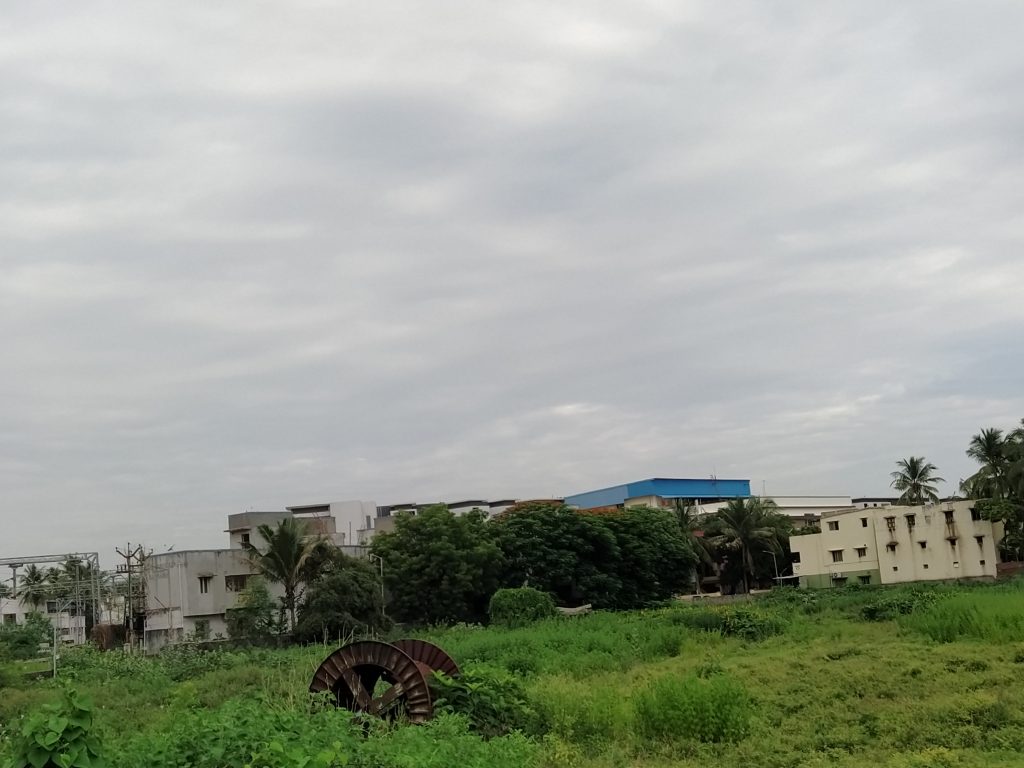
2X Zoom Normal -
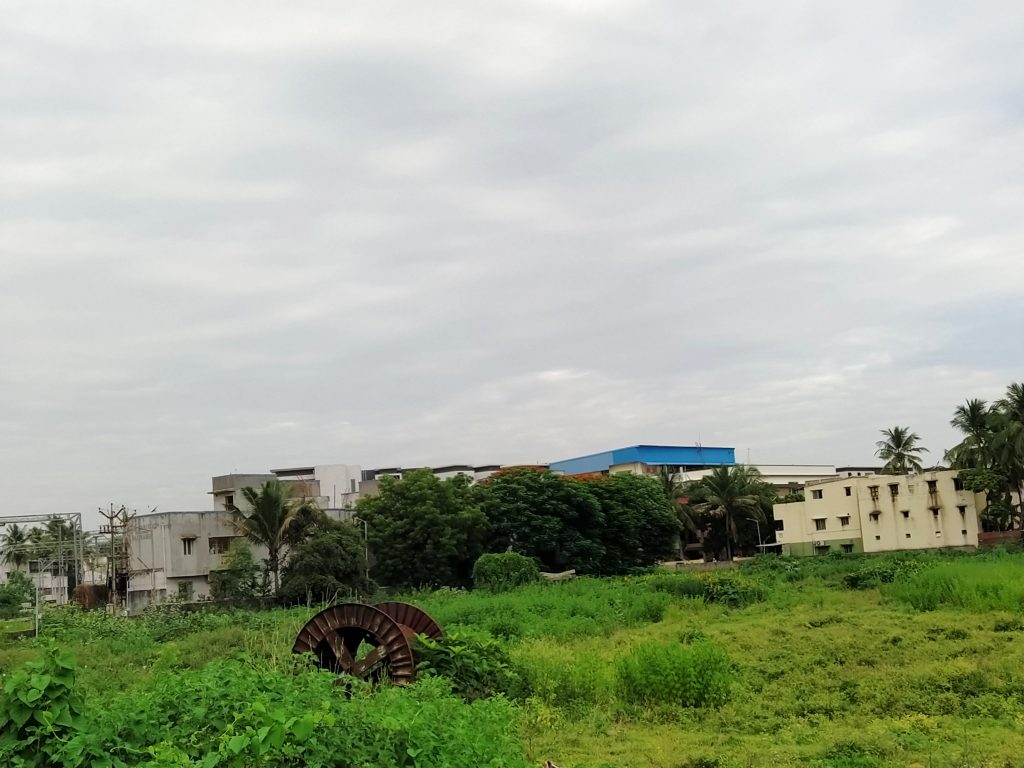
2X Zoom Normal AI -
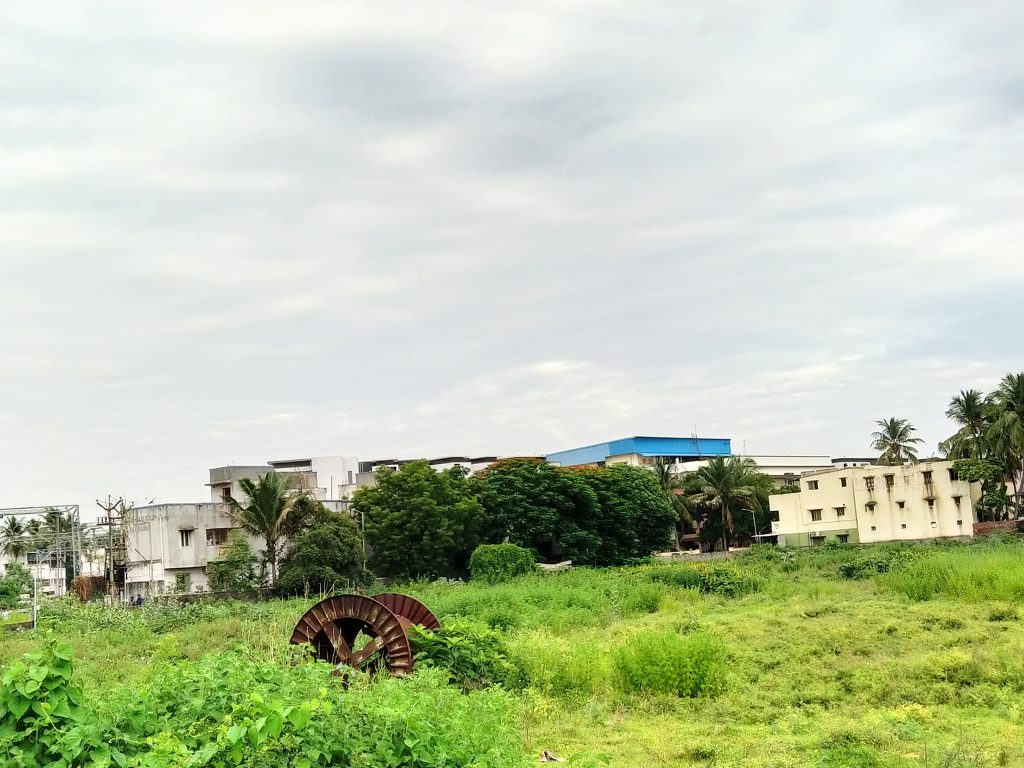
2X Zoom Normal AI + HDR -
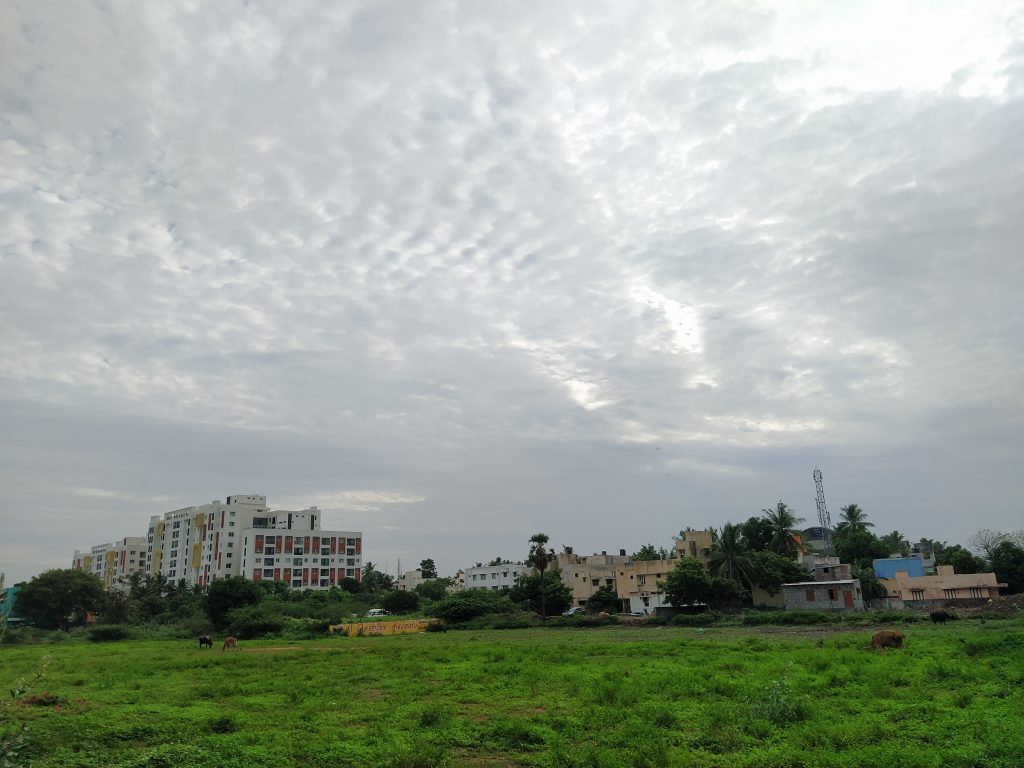
Normal -
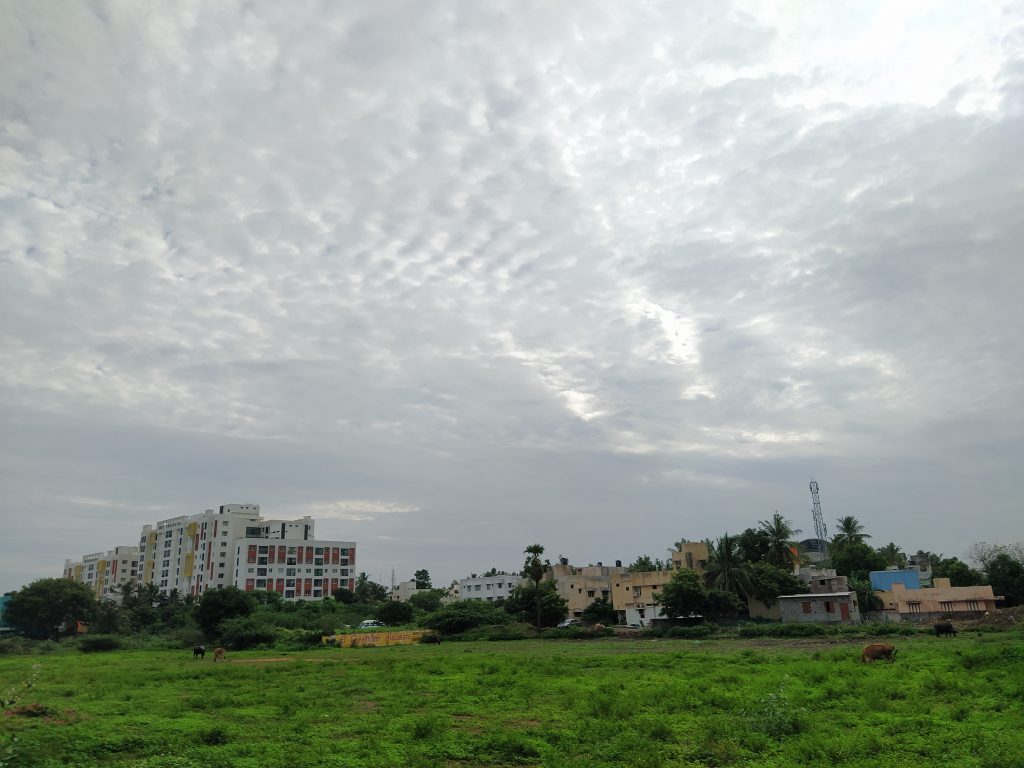
48MP -

2X Zoom
-

Dual Camera Portrait -
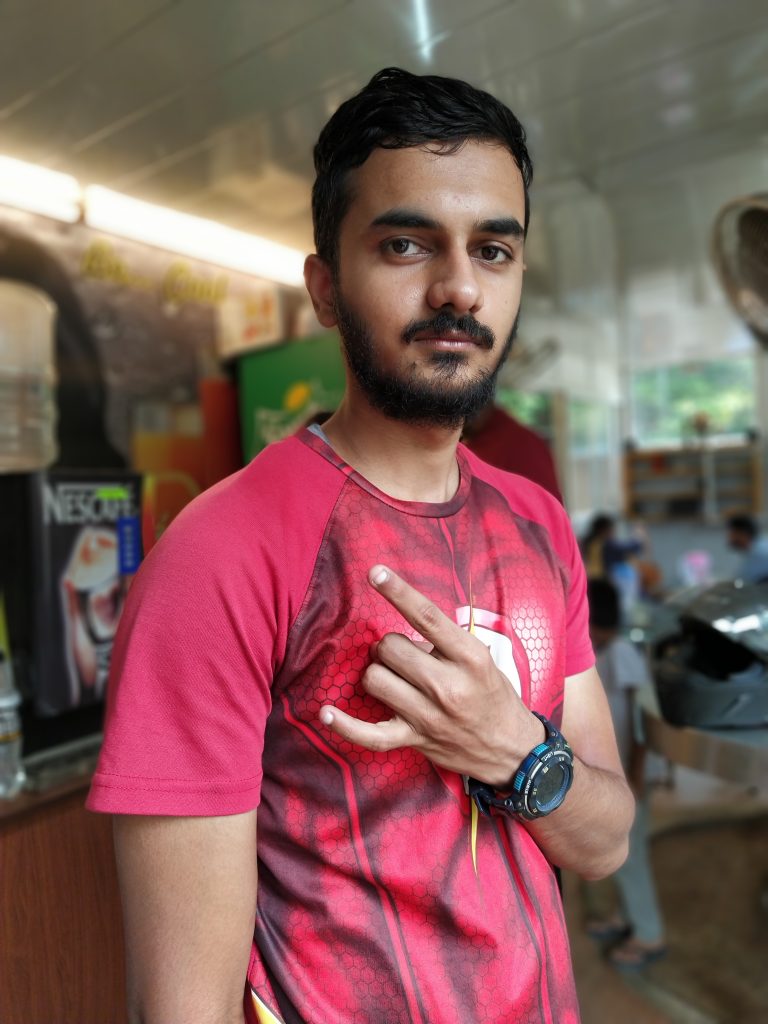
Dual Camera Portrait -

Dual Camera Portrait
-
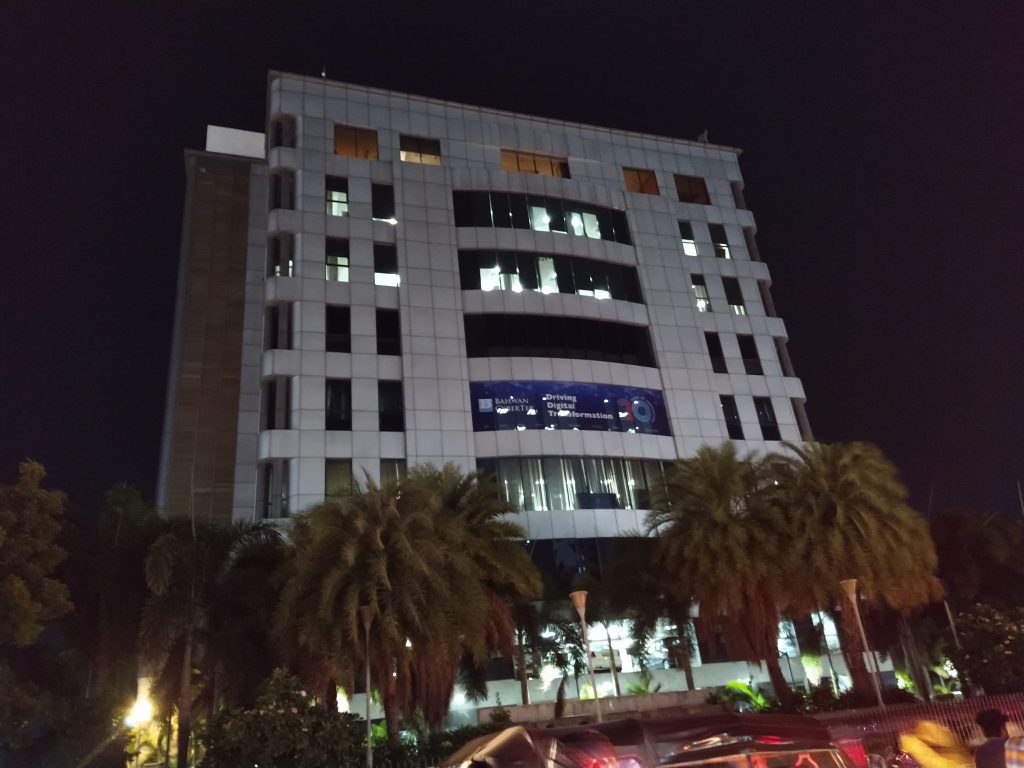
Low-light -
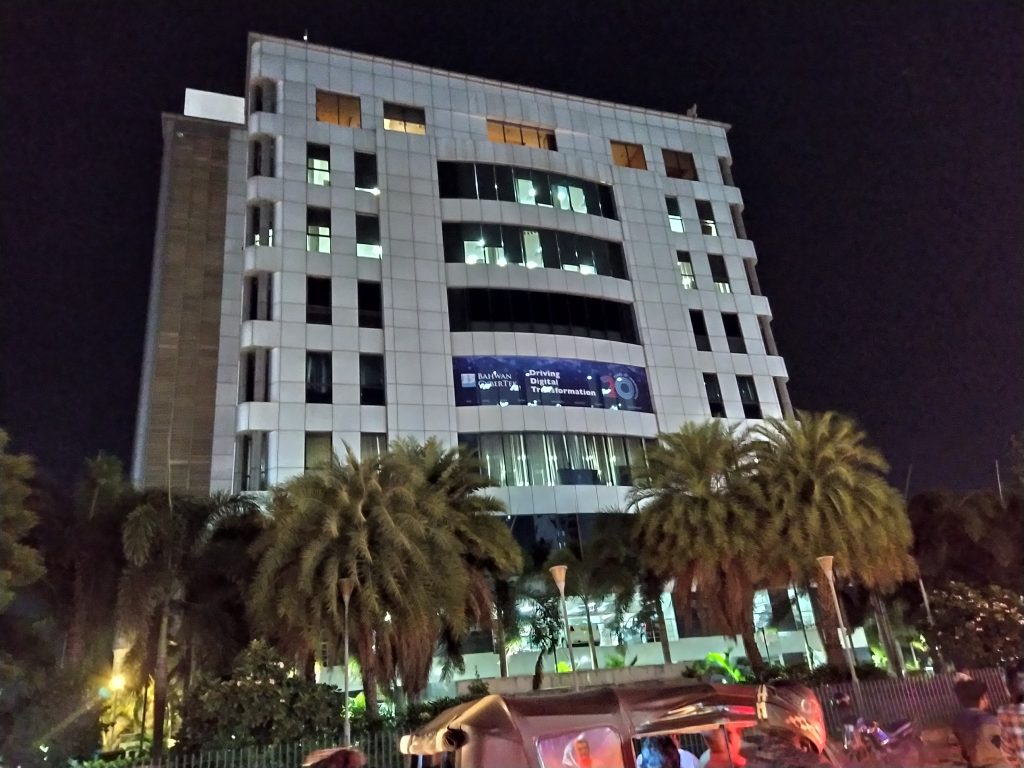
Night Mode -
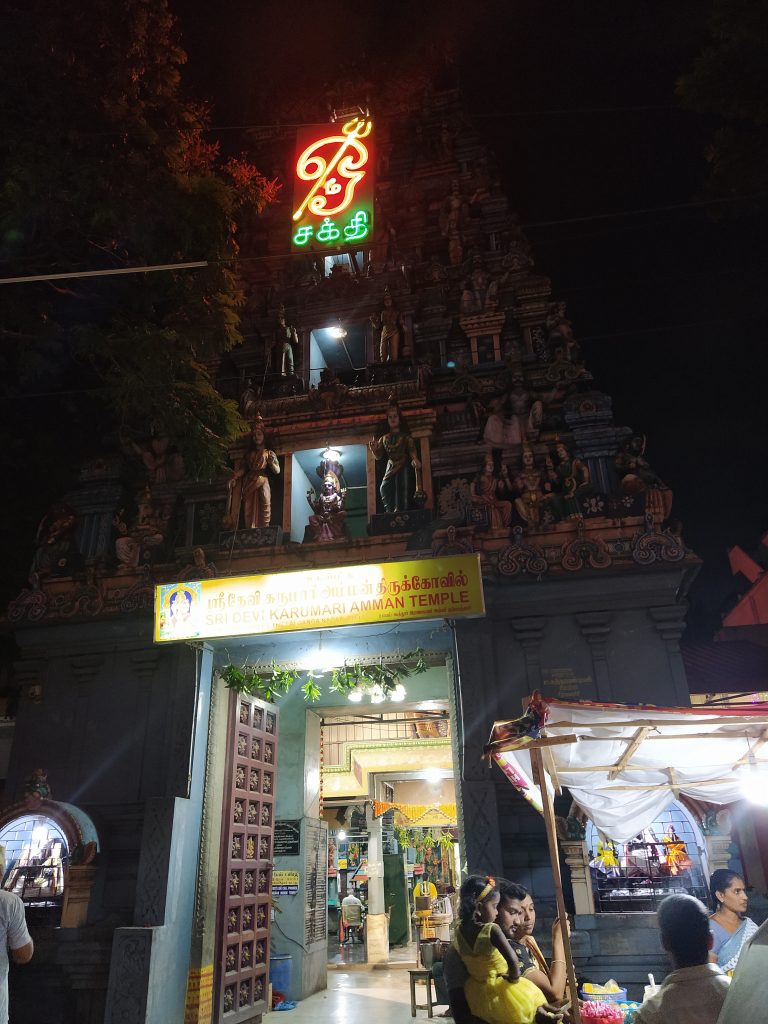
Low-light -
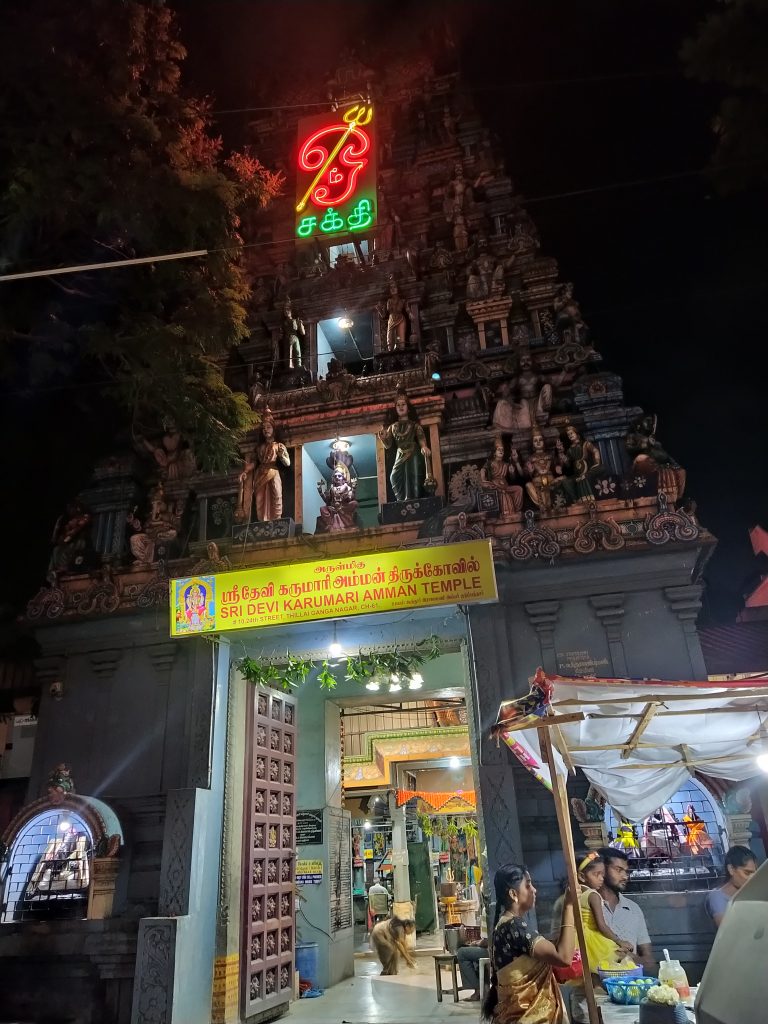
Night Mode -
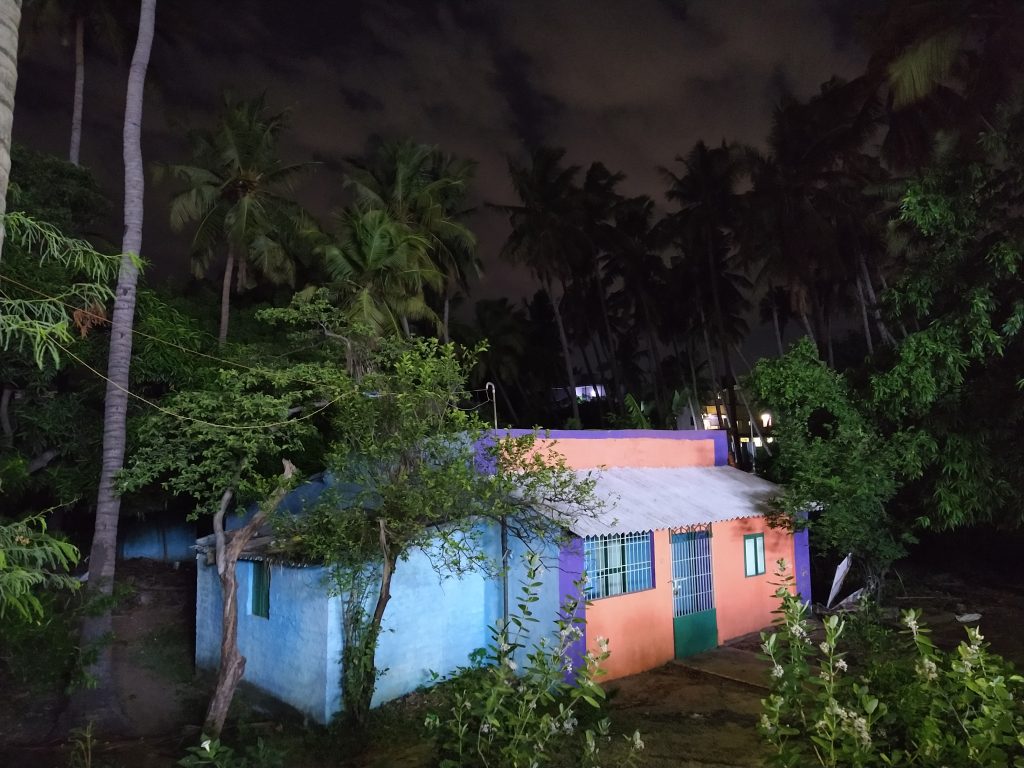
Low-light -
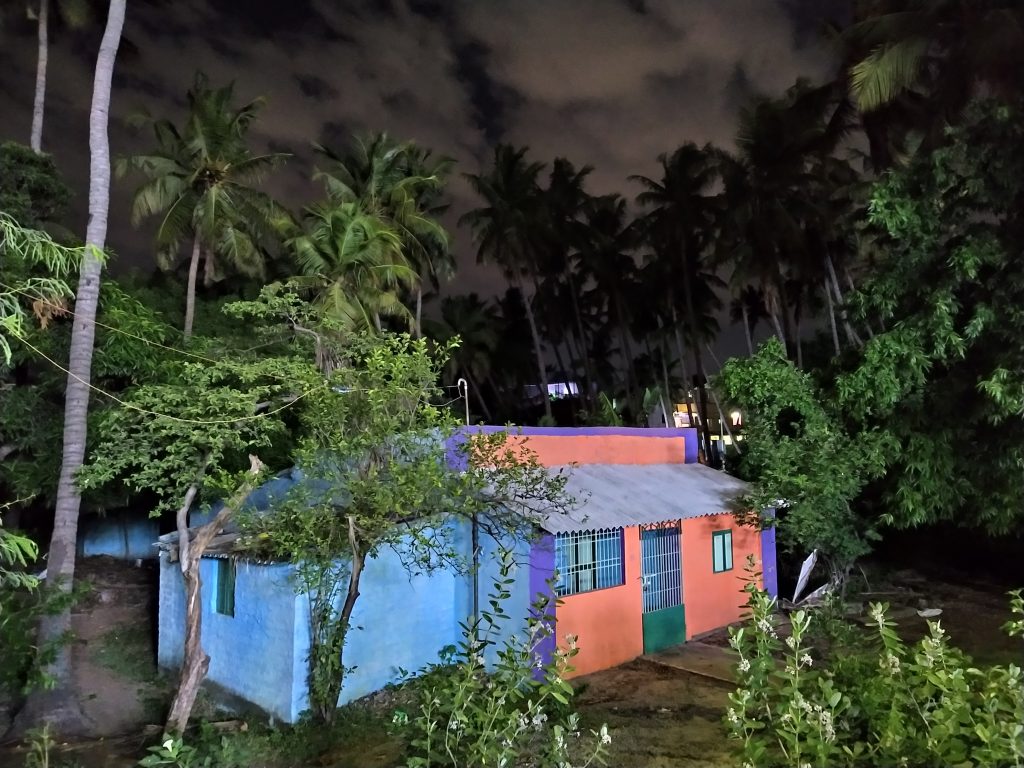
Night Mode
-

Front Camera -

Front Camera AI -

Front Camera AI + HDR -

Front Camera portrait -

It can record videos at 4k resolution at 30 fps, 1080p at up to 60 fps, and it also has slow motion 720p resolution video recording at up to 240fps. It also has support for EIS for videos, which does its job. Video quality is good and the audio is crisp as well. Check out the video samples below.
Check out the Mi A3 Review here.

